
When interior designer Philip Mitchell and his husband, Mark Narsansky, fell for an 18th-century cottage in Nova Scotia, they didn’t realize they’d be undertaking a full renovation. But unseen water damage meant the house had to taken apart down to the studs and reassembled.
The upside to the extensive renovation? They were able to recreate the 1795 Colonial using historical records, house plans, and images, says Philip, whose design firm has offices in Toronto and New York. What’s more, they restored some of the architectural elements that had been lost in modifications over the years, such as a waterfront bay window.

In the living room—and throughout the rest of the house—Philip paired antiques with contemporary items. He did have some new furniture made in traditional designs but with updated scales and finishes. “Just because it’s new doesn’t mean that it can’t be made of the same quality” as vintage pieces.
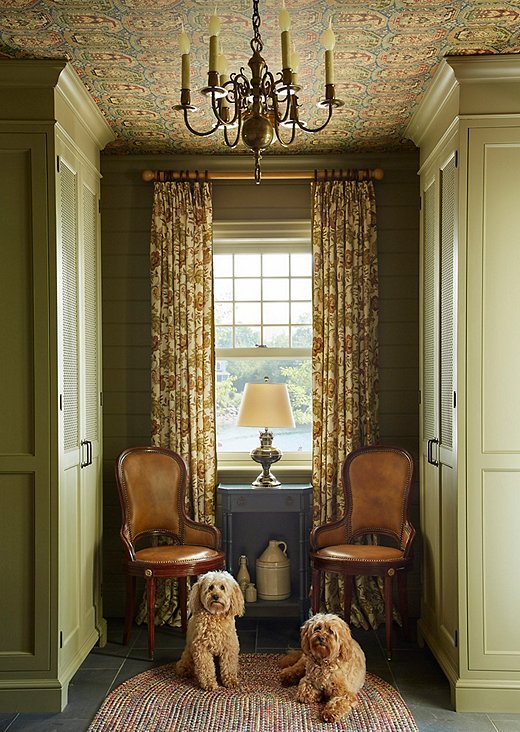
“We have two dogs, and we entertain a lot,” Philip notes, but he doesn’t worry about wear and tear. He believes in using what you have and incorporating what you love, rather than stashing things away for “special” occasions.
“We kept all the pieces of the house and used what we could” to create paneling and decorative beams, Philip says. Local woodworkers, many of whom are boat builders, hand-carved details to replicate the original elements. “You give them a sketch and they get excited” to bring it to life, he adds.
Restoring the home, known as White Cottage, to its former glory gave Philip and Mark a fresh canvas to incorporate nautical themes with their family heirlooms, treasured antiques, and contemporary touches. “I love old things, but also have an appreciation for modern style,” Philip says.

“We have a huge collection of art,” Philip says, ranging from traditional paintings and inherited pieces to modern artwork he and Mark brought in. A wall in the sitting room, for instance, features a classical landscape painting, a Picasso sketch (handed down from a relative, Philip notes), and a lacquered contemporary piece. The juxtaposition of wildly disparate pieces keeps the artwork from feeling intimidating. “Decor today is not about buying the most expensive things,” he says.
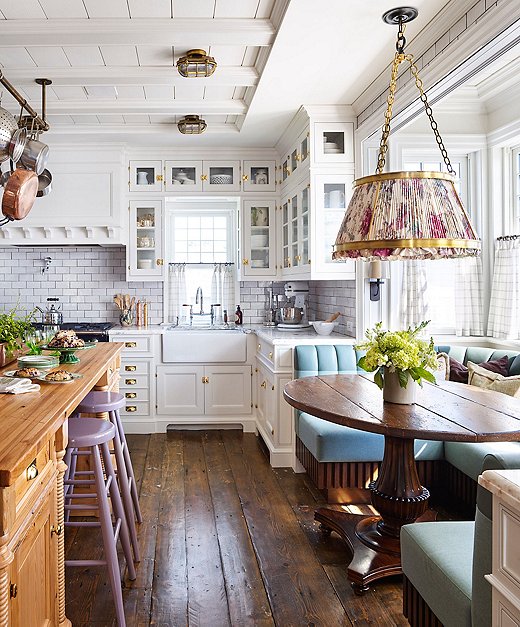
“Lighting was a big thing for us,” Philip says. He and Mark brought a collection of their antique lamps to White Cottage, “but we added new lighting elements that took cues from nautical aspects.” Some of these fixtures came from suppliers that make lights specifically for boats; not only do they provide seafaring style, but their sturdy finishes won’t pit or rust from the sea air.
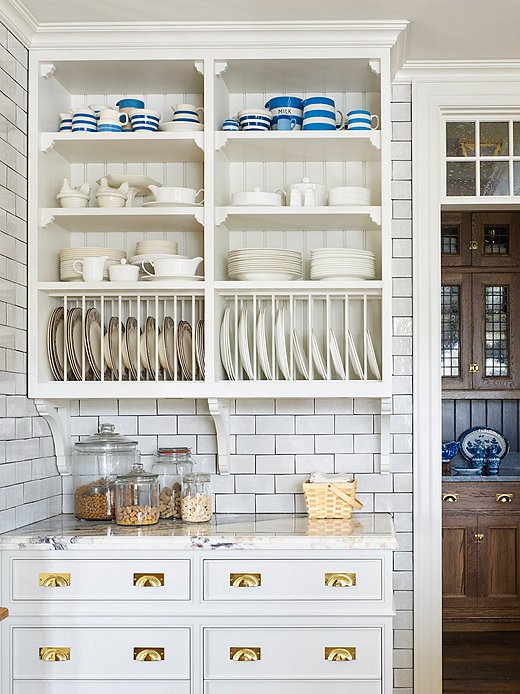
As with some of the lighting, Philip looked to boats for some of the kitchen hardware. For instance, the cabinet closures are solid brass boat latches—functional, durable, and noncorrosive. “I liked the look of it,” he says. “Just because it’s not an anchor doesn’t mean that it’s not nautical.”
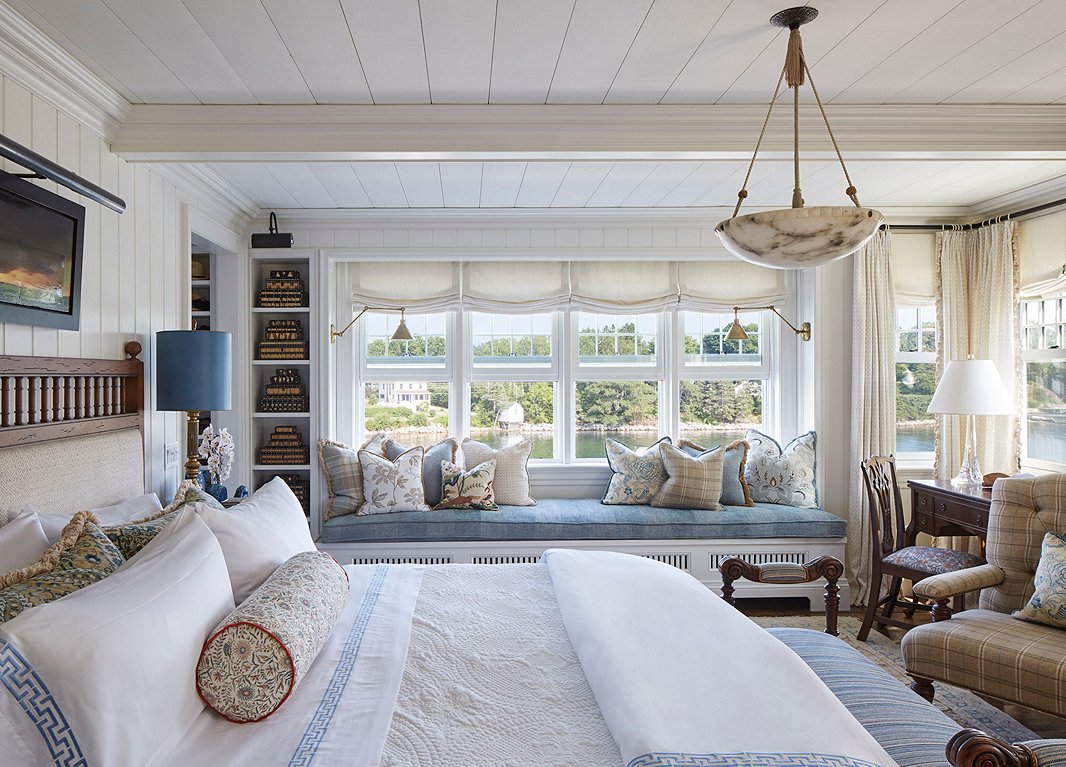
“There’s definitely a lot of blue in our house,” Philip says. Since nearly every room looks out onto the water, he wanted to pick up the hues of the sea and the sky. “But it’s not a ‘blue’ house—it has more layers to it,” he adds. Here in the master bedroom, blue textiles and trims play off fresh white linens.
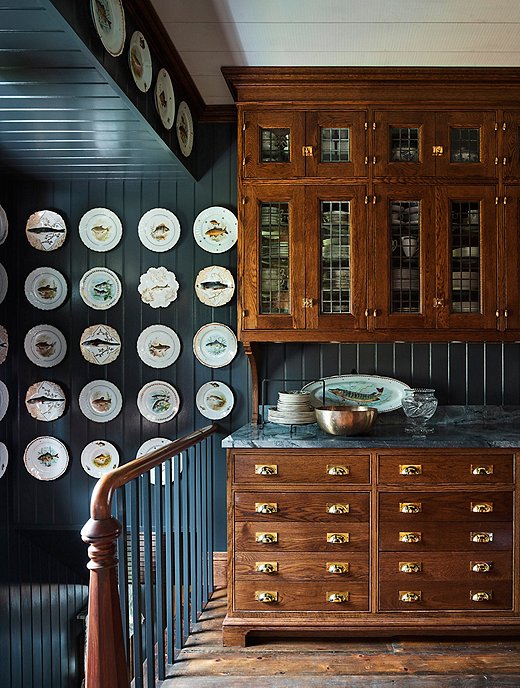
One of Philip’s favorite spaces in the house is the servery, attached to the dining room. Painted dark gray-blue and adorned with a collection of Limoges fish plates, the servery enables Philip and Mark to store the substantial collection of dishware they amassed and inherited over the years. “It’s the first house we’ve been in that has a space for all our serveware,” Philip says.
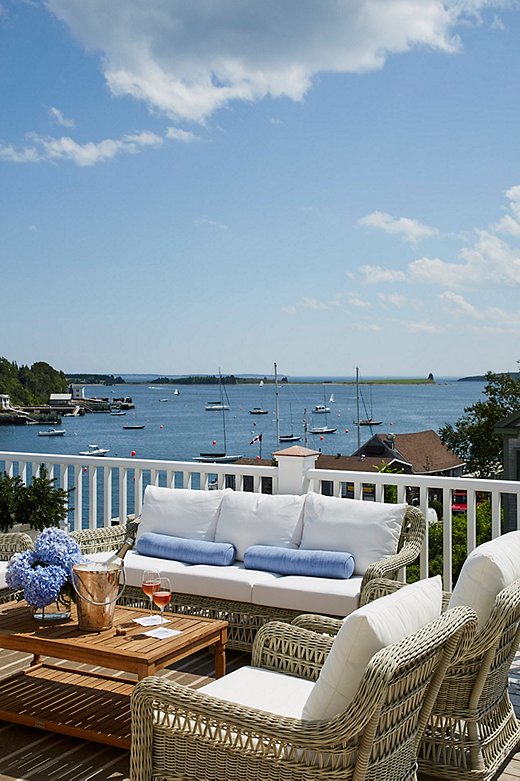
The third-floor deck, overlooking the harbor, is a favorite spot for entertaining—understandably so. The coffee table was a One Kings Lane purchase.


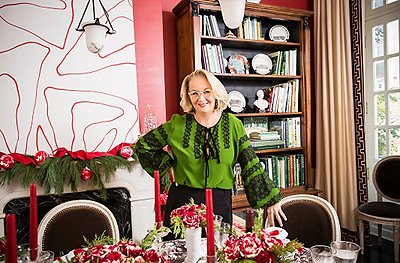

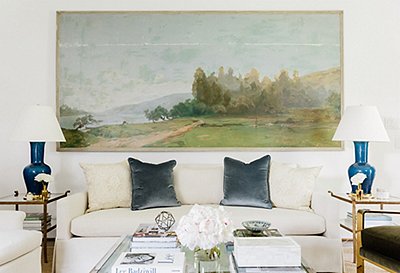
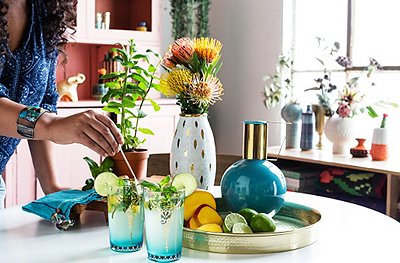
Join the Discussion